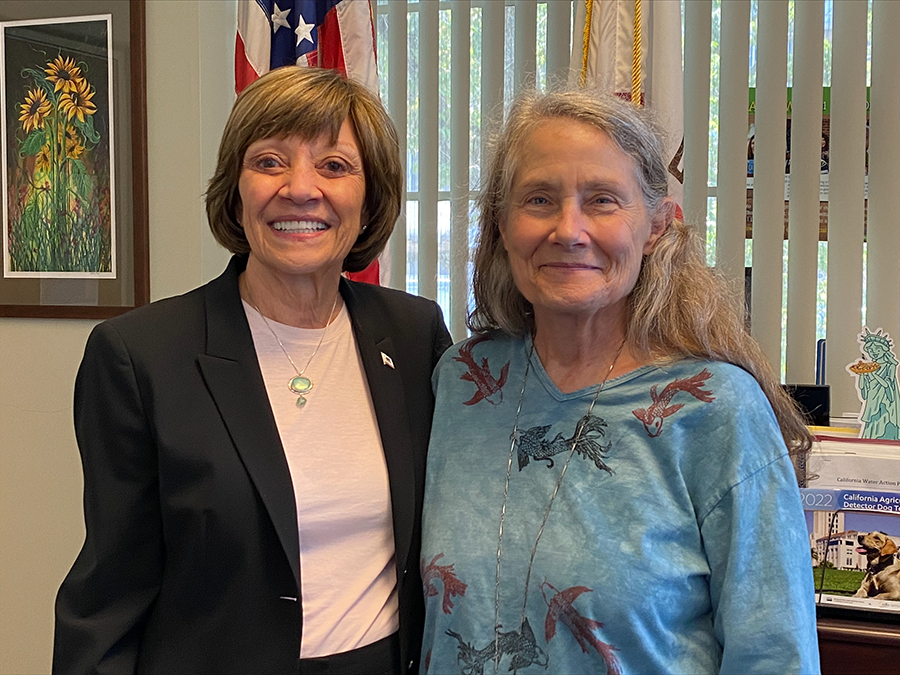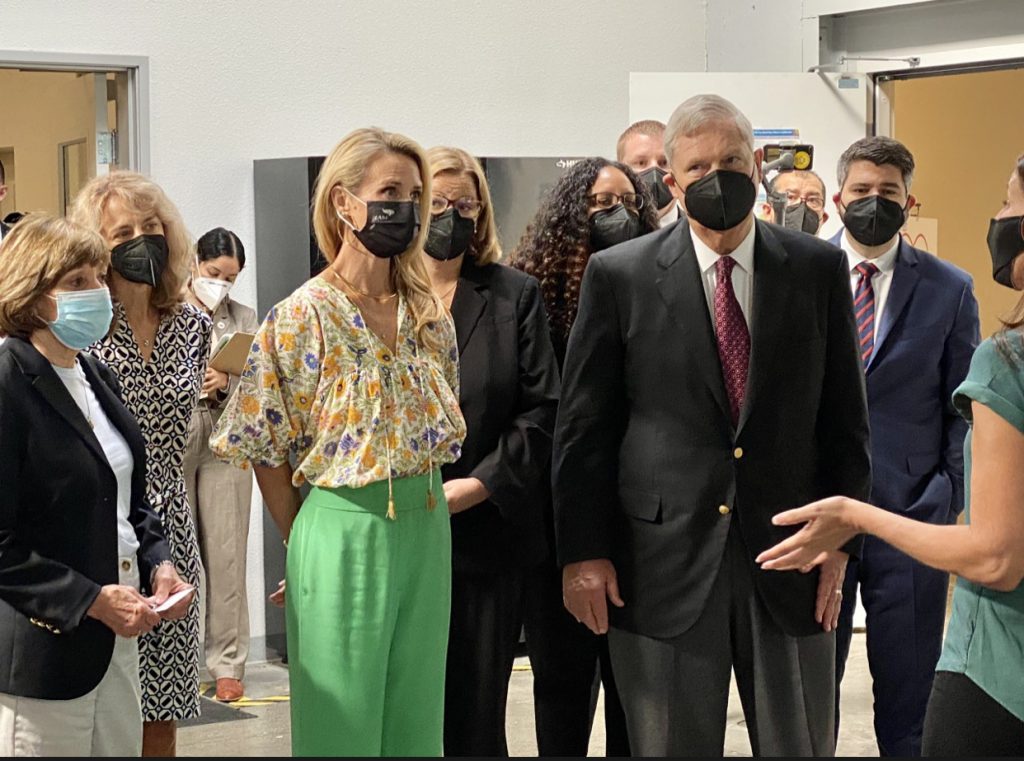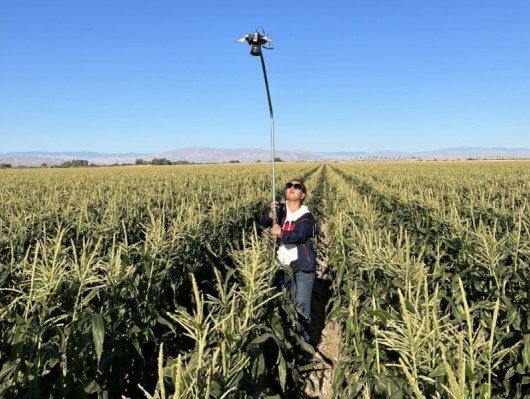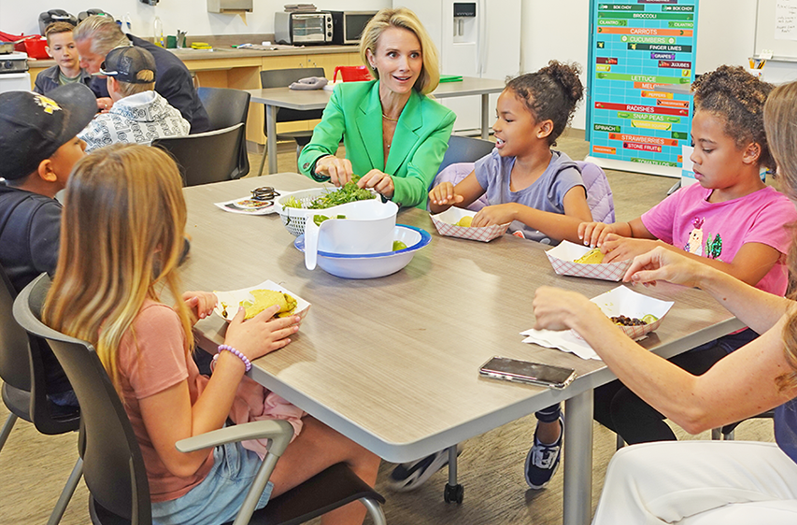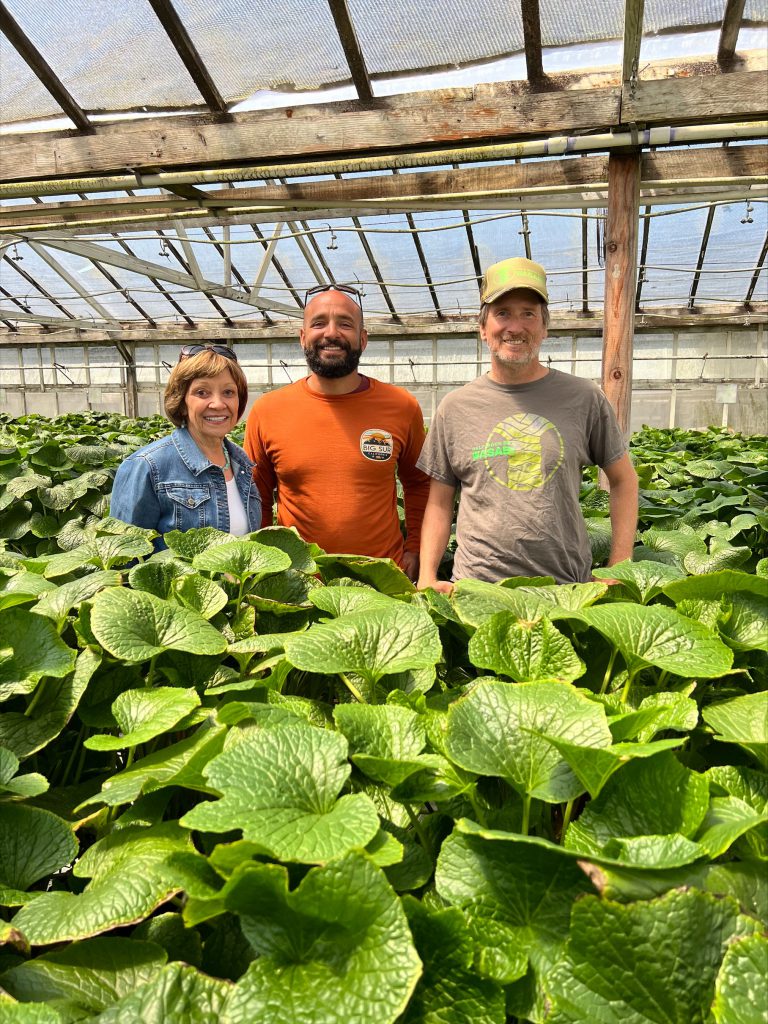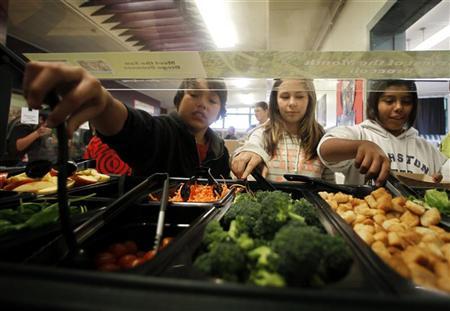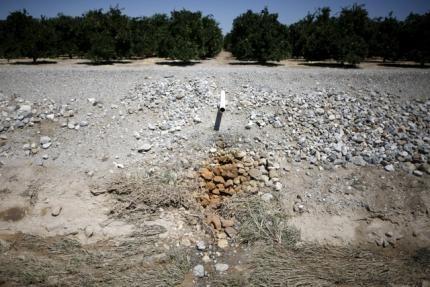By CDFA Secretary Karen Ross
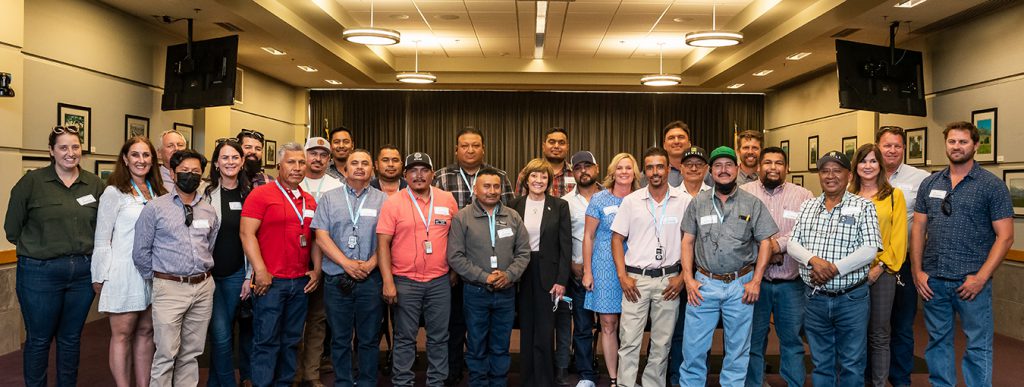
The first cohort of the Sonoma County Winegrape Growers Foundation Leadership Academy for Vineyard Employees has graduated! I spoke to this group at their first get-together several months ago, and their final installment for this innovative program was a visit to CDFA headquarters in Sacramento, so we were honored to be the “bookends” for them. I thoroughly enjoyed a chance to sit down with them and hear each one of their stories and what the program meant to them.
This first class of graduates is comprised of 15 local vineyard employees, each nominated by their employer. The goal of this first-of-its-kind program is to create future community and business leaders. The Academy class attended eight half-day sessions and two field trips, all focused on advancing skills and empowering vineyard employees to seek leadership roles within their organization or in the community. The program goes beyond farming to advance communication skills, financial literacy, and business knowledge.
It was so inspiring and touching to listen to these employees’ experiences in the program, and about how much they love agriculture and working in the vineyards. A common thread was how important it is to be treated with respect by their employers. They all have more than ten years working in the vineyards of Sonoma County, many of them with the same employer. A number of them started in harvesting and progressed to more responsibility with specialties like irrigation and operating tractors, and some are now supervisors.
They also shared stories and spoke about their children as the reason they work so hard, and that is something I hear so often as I speak with California’s agricultural workers. One class member expressed such gratitude for being invited to CDFA, and it really made me remember and appreciate just how fortunate we are to be considered “leaders” and to do that work for California’s agriculture industry. It really is something special and I am excited to support these new leaders!
For the growers out there who nominated these dedicated employees, you’ve done something meaningful by participating in this program and empowering your very best to become even better. And for the graduates, I hope you embrace your newfound leadership skills. Your farms, your industry and your state will be better for it!
The Leadership Academy will be held annually and will soon be taking nominations for the 2023 Class.




